Archaeologists have made a significant discovery at the Church of the Holy Sepulchre in Jerusalem, where Jesus is said to have been buried and resurrected.
They uncovered an ancient altar believed to have been consecrated in 1149, previously thought to have been destroyed in a fire in 1808.
Discovery During Construction Work
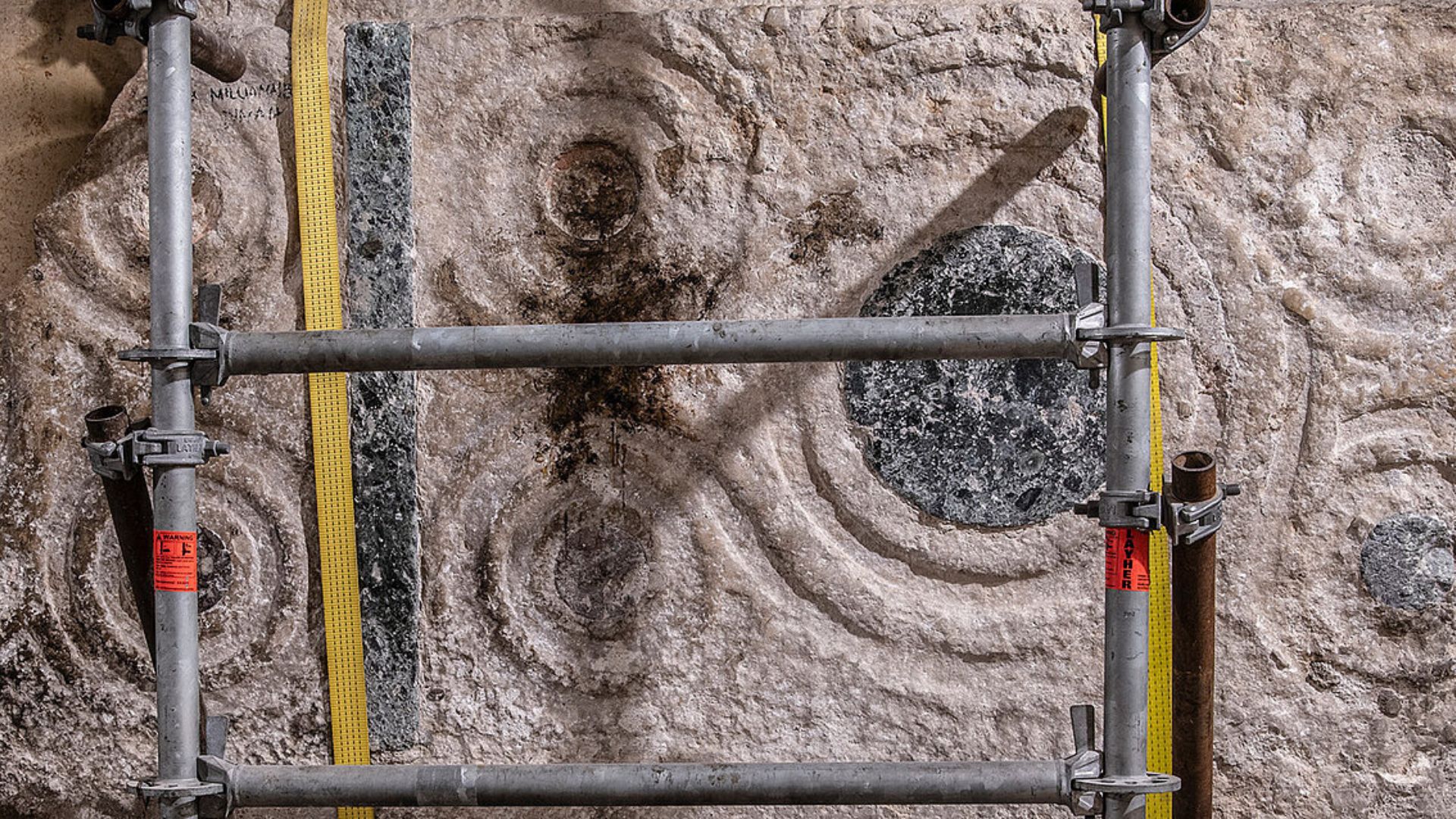
The discovery occurred unexpectedly when construction workers moved a giant stone slab that had been leaning against a wall, covered in modern graffiti.
This slab, decorated with medieval ribbon ornaments, revealed its historical significance beneath layers of casual defacement.
Identification of the Altar
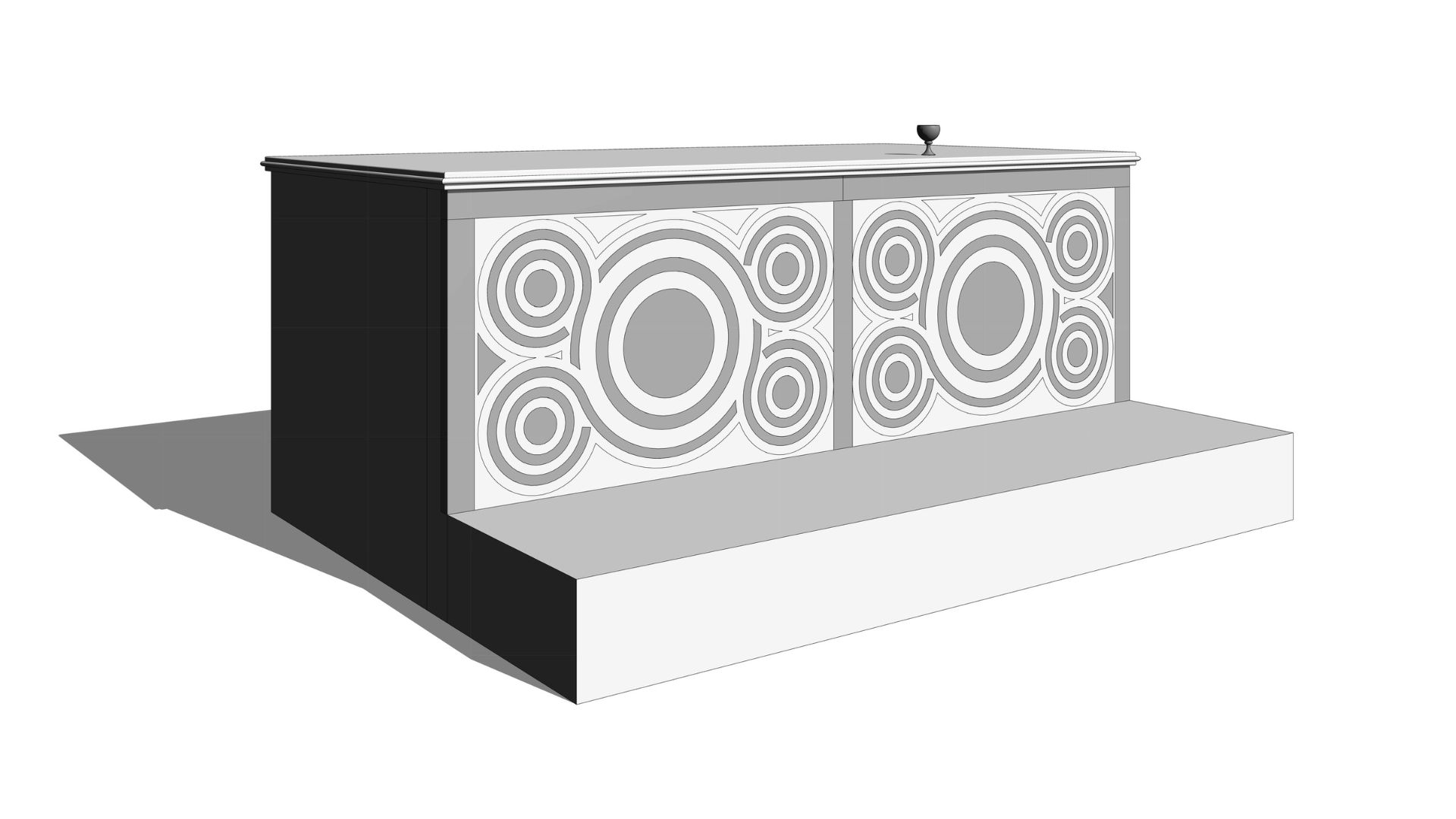
Researchers identified the stone slab as an altar due to its unique decorations and the historical context of the artifacts typically found in the region.
The altar’s size and design, following Roman practices from medieval times, helped confirm its origin and purpose.
Historical Impact of the Discovery
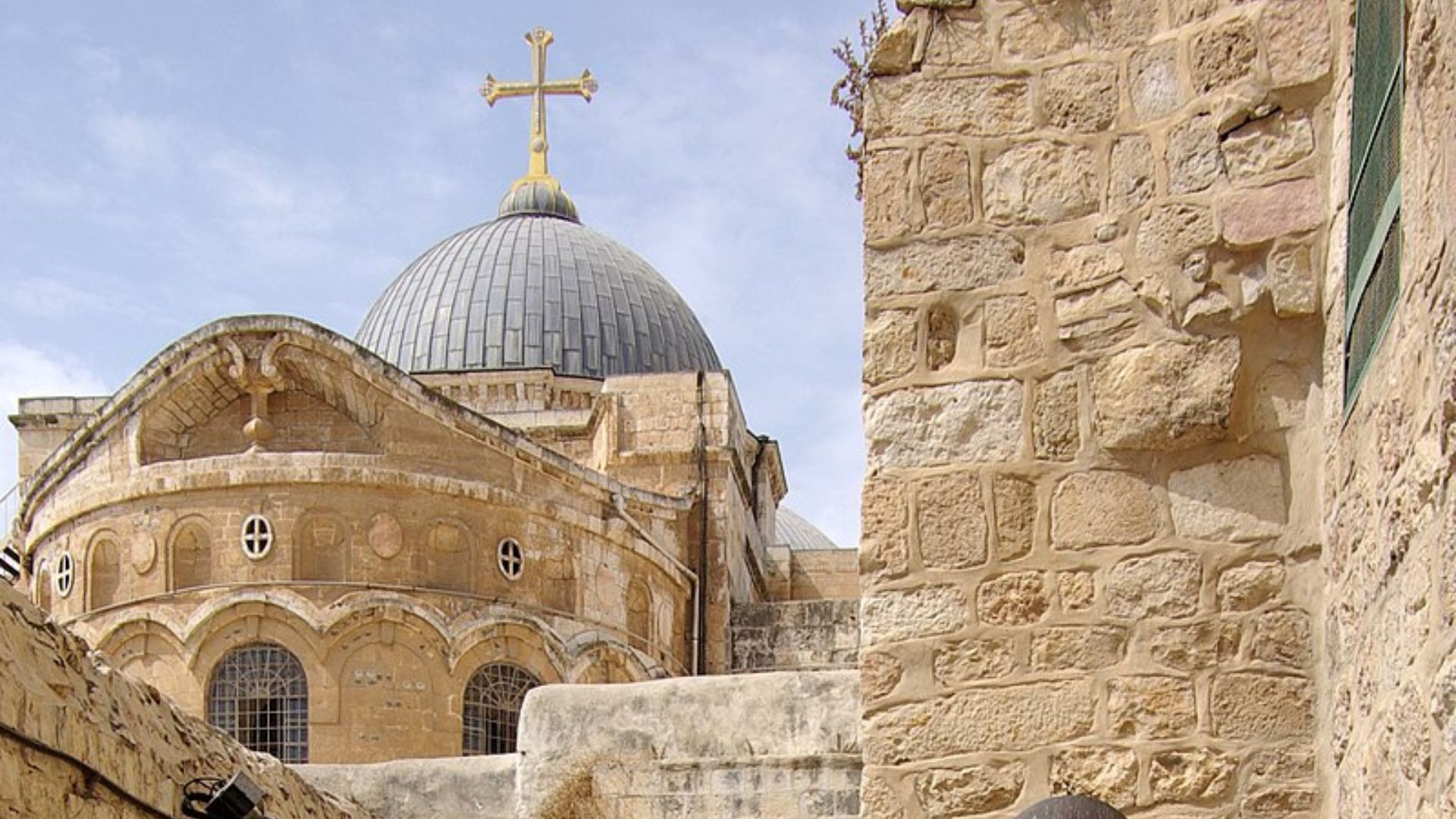
“For historians, this find is a sensation in several respects,” stated the team from the Austrian Academy of Sciences (OeAW).
This emphasizes the artifact’s importance and the remarkable circumstances of its preservation through centuries of turmoil and change.
An Artifact Overlooked by Millions
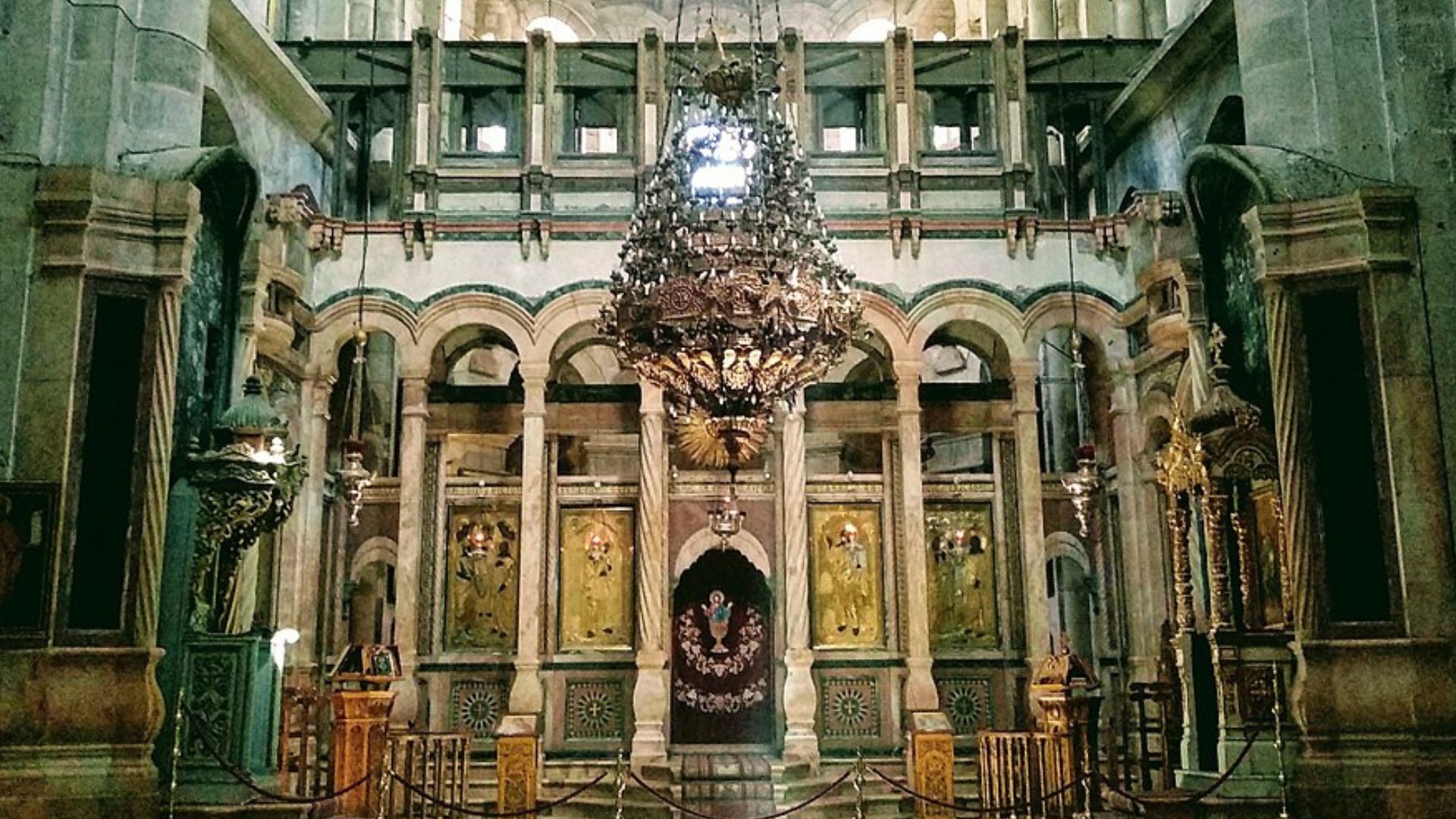
The researchers were astounded that the slab could remain hidden for so long, especially in a well-researched building visited by thousands of pilgrims and tourists every day.
This highlights the complexity and layered history of the Church of the Holy Sepulchre.
The Resilient History of the Church
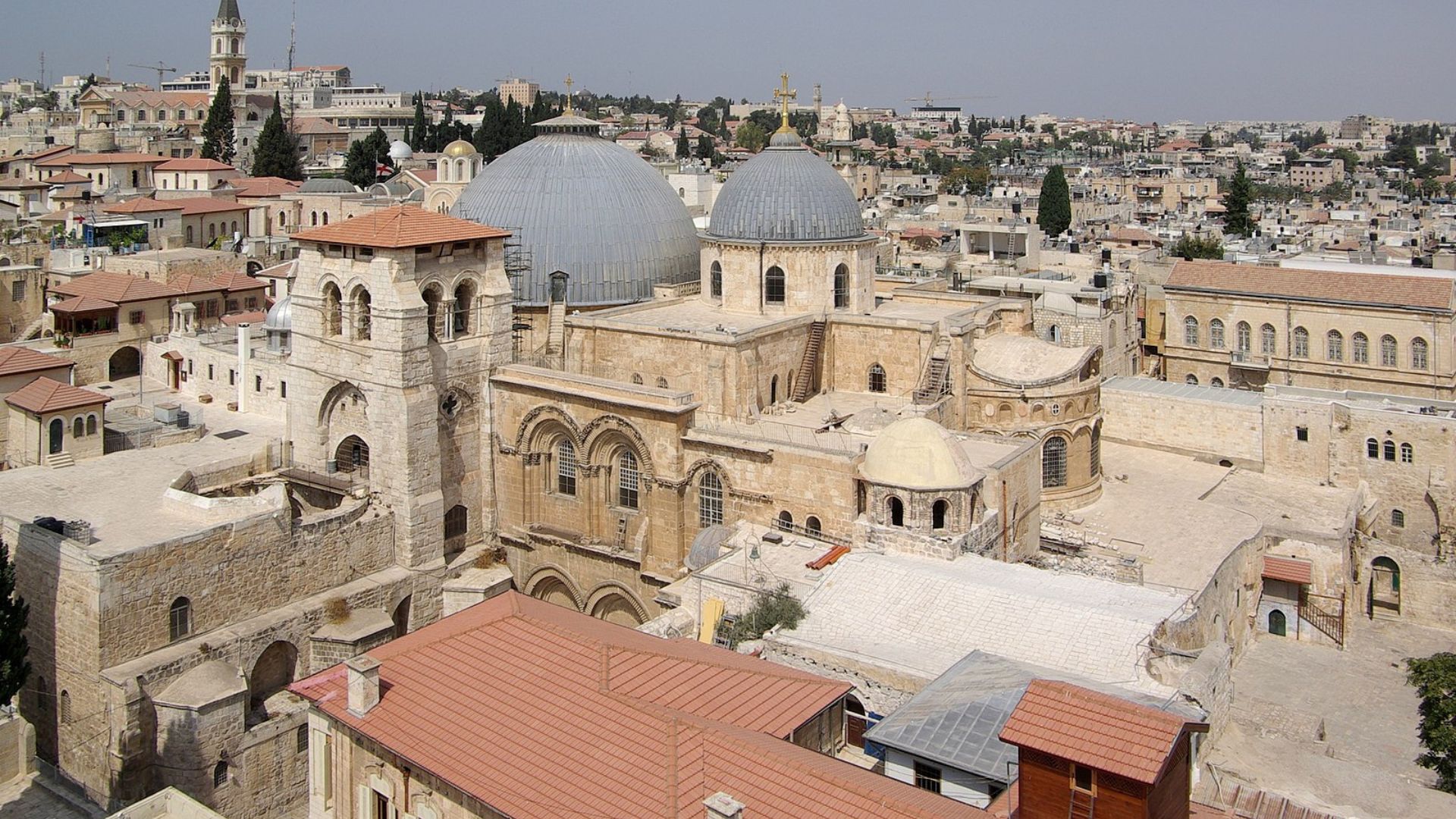
Constructed on top of a Roman temple in 335 AD, the Church of the Holy Sepulchre has withstood numerous historical events, including attacks and fires.
Its enduring presence is a testament to its significance in Christian history.
The Role of Tourist Graffiti
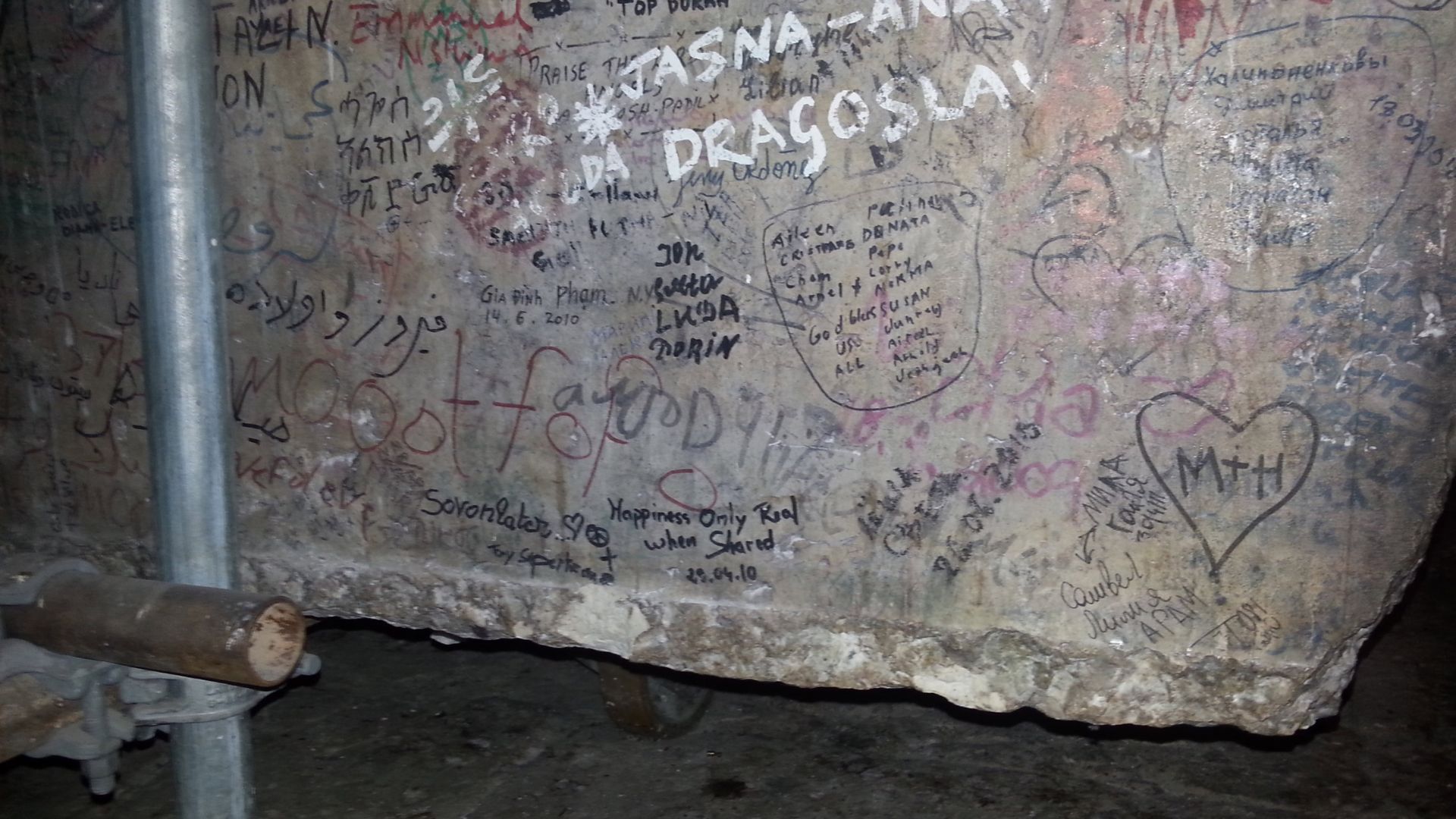
The front-facing side of the stone slab was heavily graffitied by tourists, which ironically helped preserve the more historically valuable decorations on the opposite side.
This aspect of the slab initially concealed its true importance from the public and researchers alike.
The Unique Cosmatesque Style

The wall-facing side of the slab featured decorations in the Cosmatesque style, a technique for marble decoration exclusively practiced by guild masters in papal Rome.
The presence of this style in Jerusalem points to a significant cultural and religious exchange during the medieval period.
Papal Influence in the Decoration
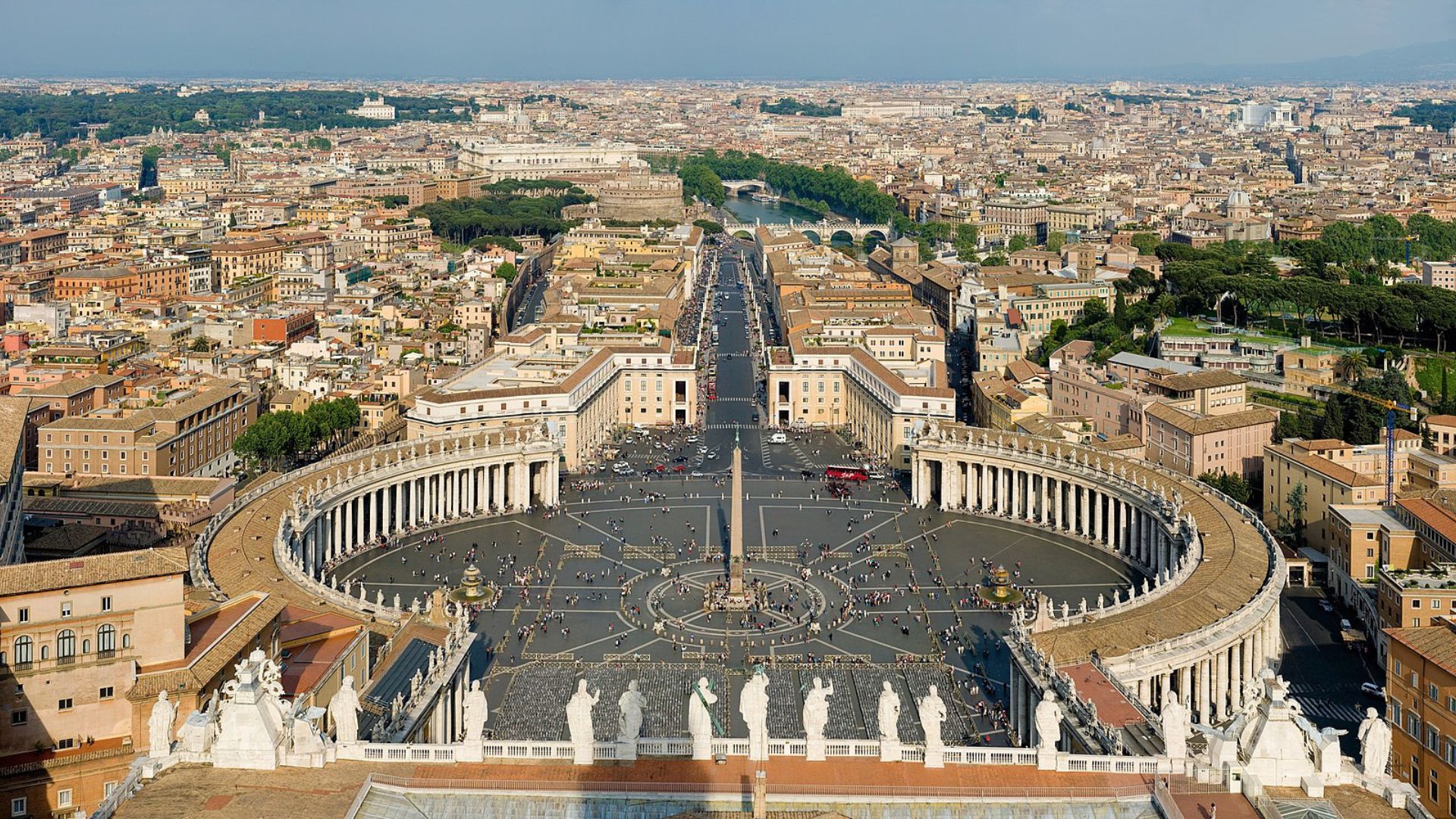
“The Cosmatesque altar now rediscovered in Jerusalem must also have been created with the Pope’s blessing,” the research team shared.
This indicates the deep religious connections and the importance of this altar in the broader context of Christian art and history.
Continuous Discoveries During Renovation
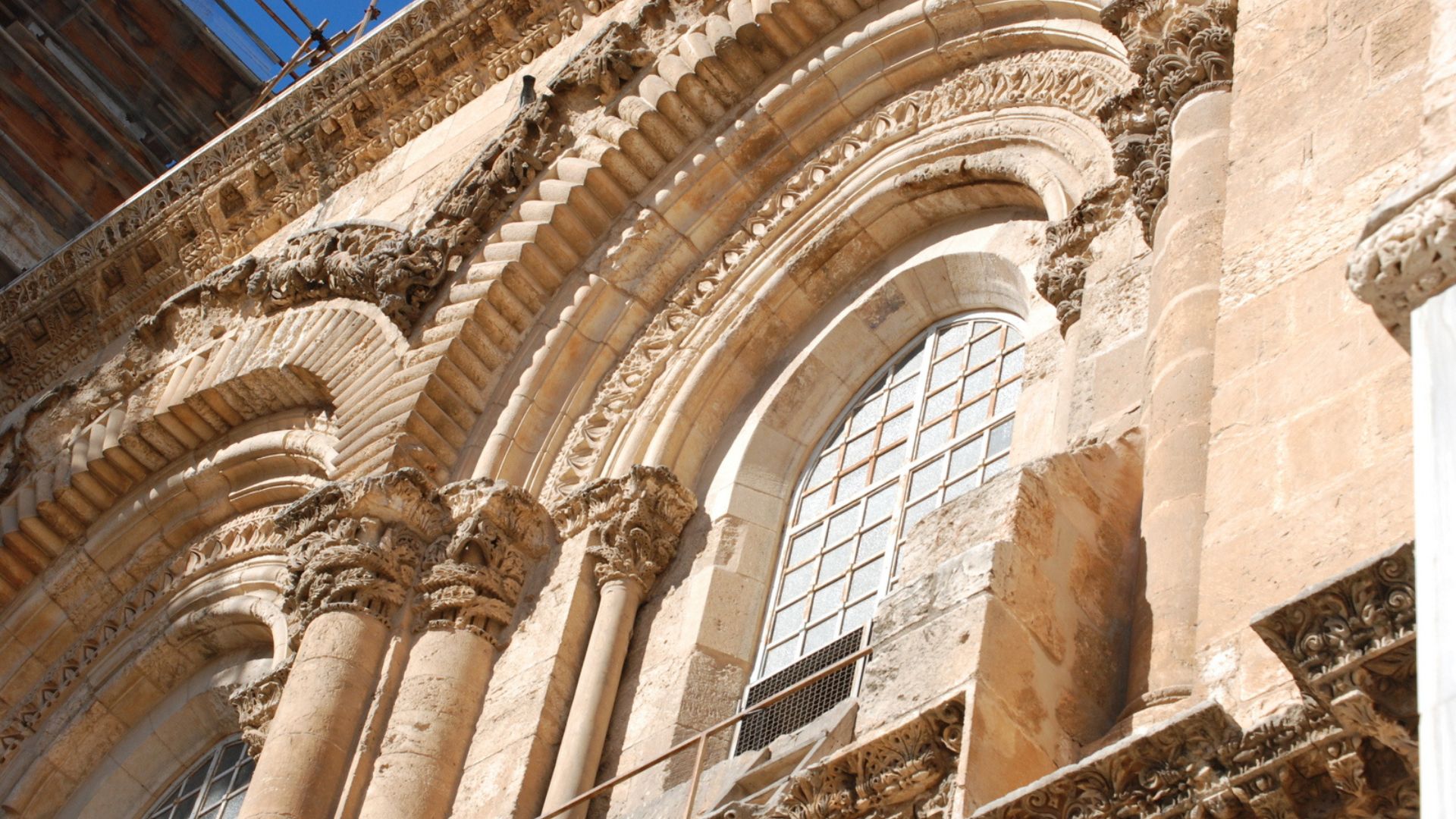
The Church of the Holy Sepulchre’s ongoing renovations have repeatedly led to historical discoveries, shedding light on its layered past.
These findings provide new insights into the site’s significance and the continuous evolution of its structure.
Verifying the Site’s Historical Authenticity
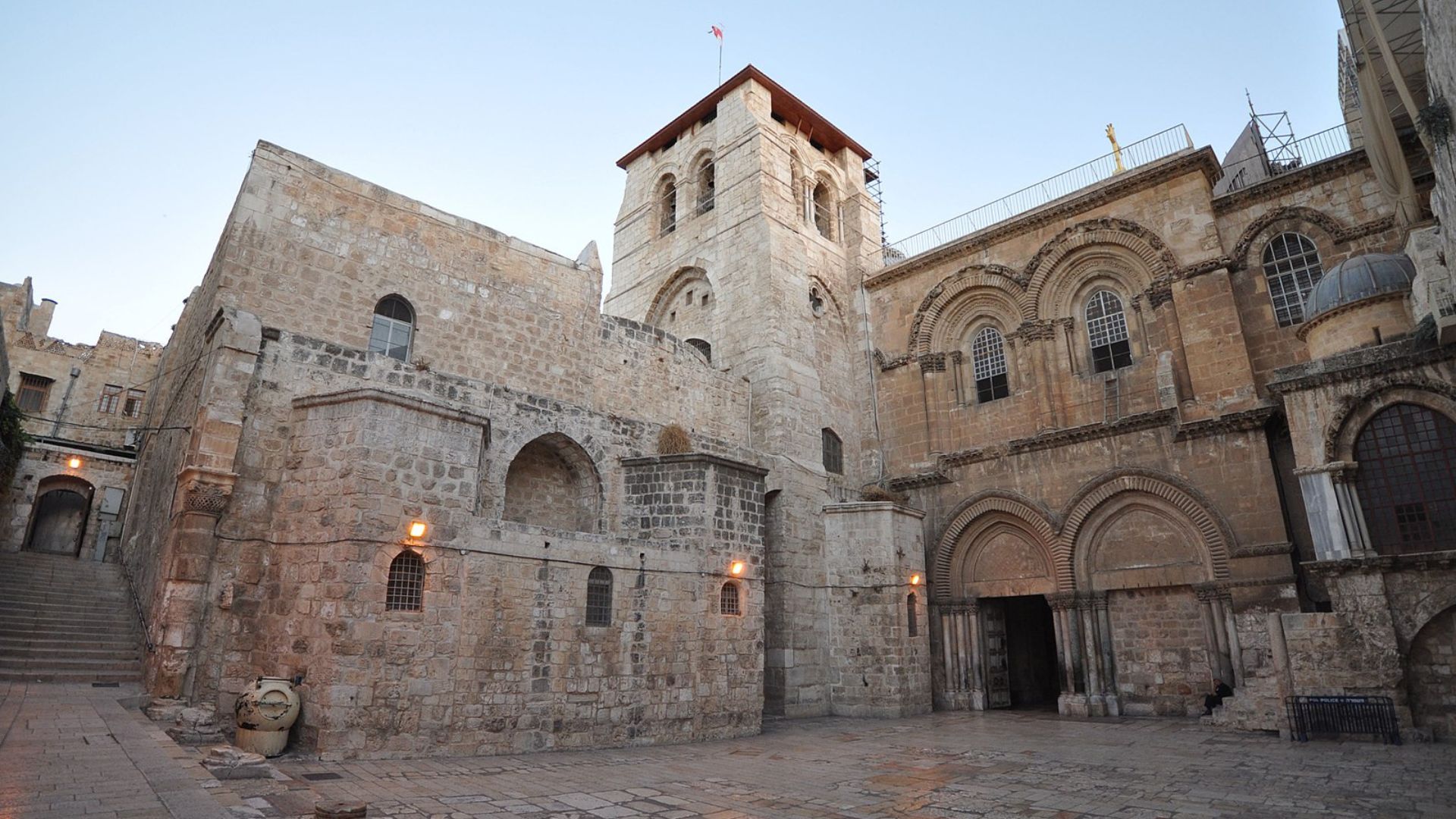
“We may not be absolutely certain that the site of the Holy Sepulchre Church is the site of Jesus’ burial, but we certainly have no other site that can lay a claim nearly as weighty,” explained Dan Bahat, former district archaeologist in Jerusalem and Galilee.
“We really have no reason to reject the authenticity of the site.”
Insights from Ancient Markings
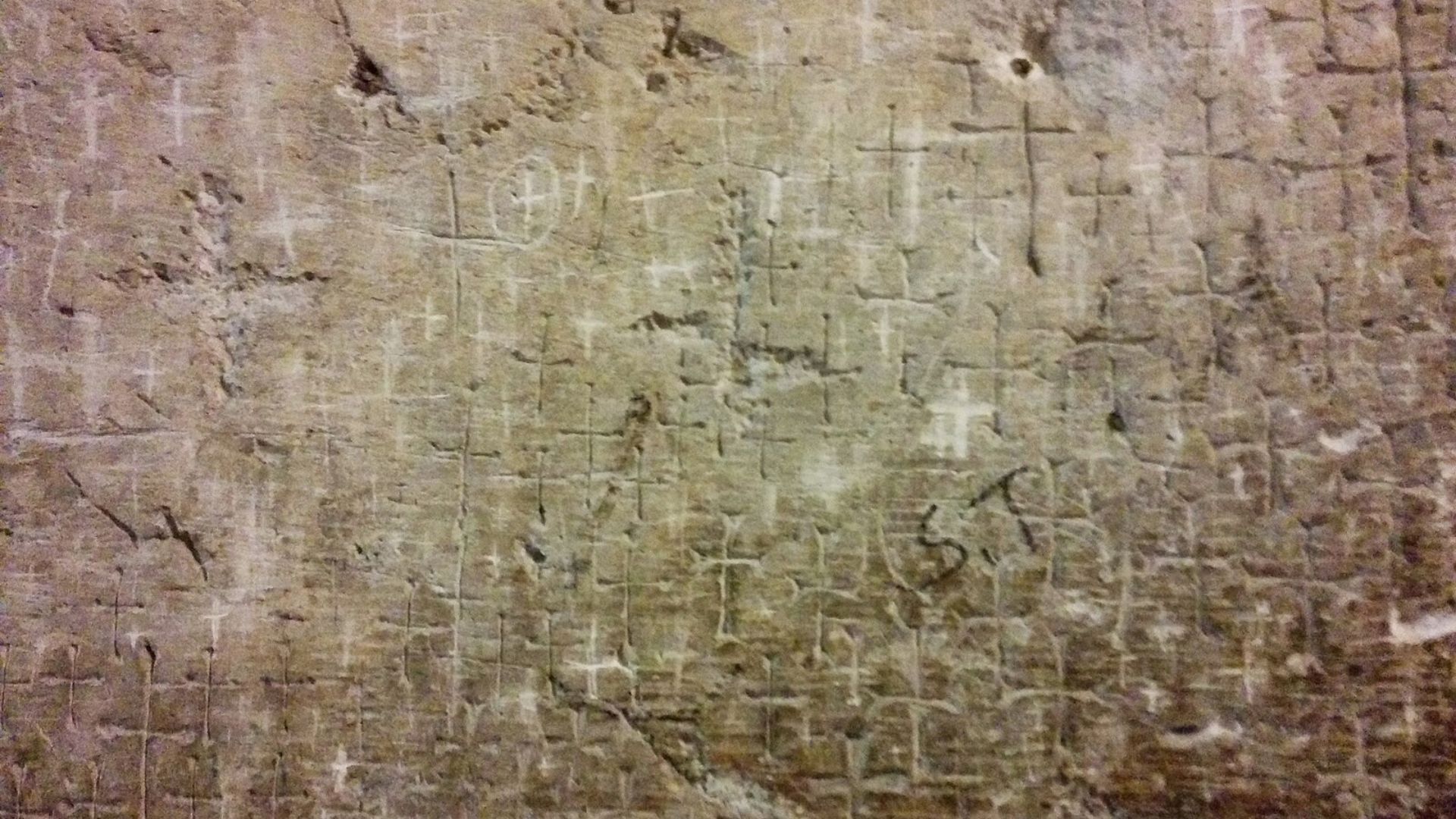
In 2018, researchers discovered dozens of crosses on the church’s walls initially thought to be graffiti from Crusaders.
Further analysis in 2021 revealed they were made by 15th-century masons, reflecting the ongoing interaction between pilgrims and the sacred site over the centuries.
